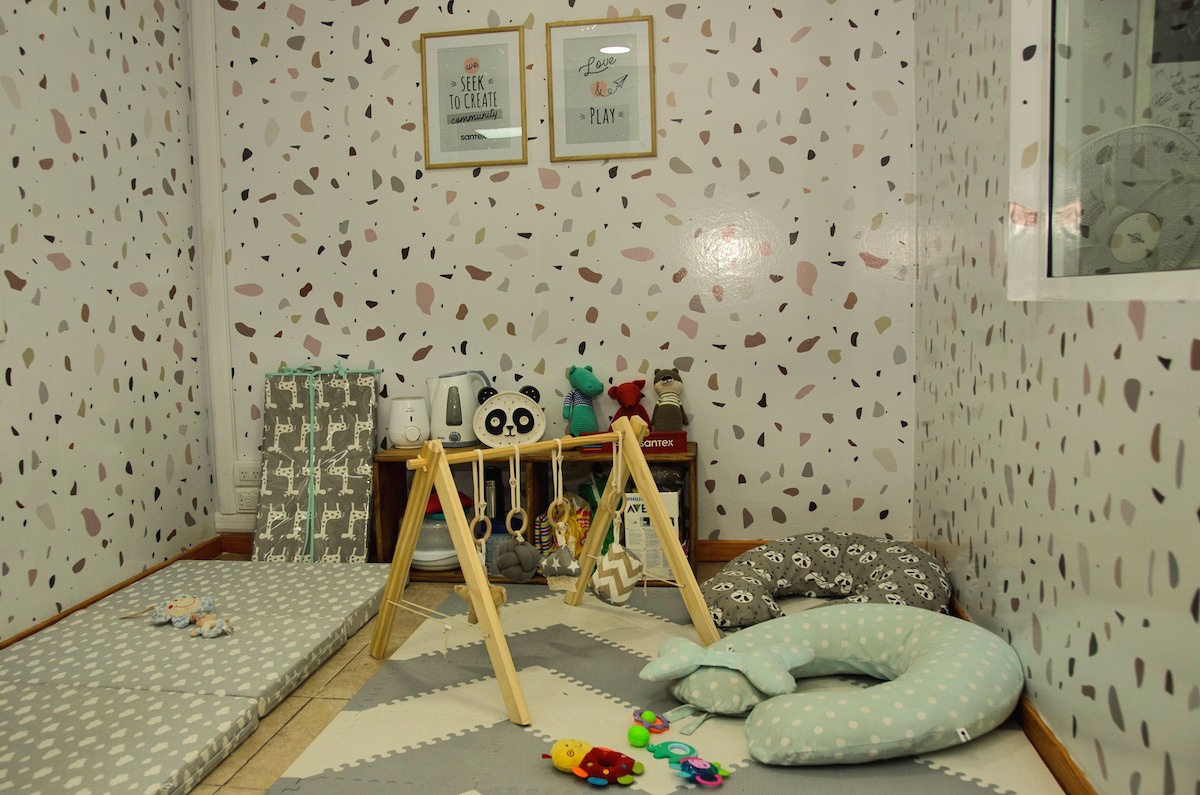 When a business is still in the early stages, it will face a number of challenges. At Santex, we provide solutions and support for overcoming those challenges. Startups are burgeoning in the United States, with more than 100 million startups being founded each year, according to a national report by GEM. This report, from Silicon Valley Bank, says that nearly two out of three US startups believe that 2018 will be better than last year, with hiring at a five-year high.
When a business is still in the early stages, it will face a number of challenges. At Santex, we provide solutions and support for overcoming those challenges. Startups are burgeoning in the United States, with more than 100 million startups being founded each year, according to a national report by GEM. This report, from Silicon Valley Bank, says that nearly two out of three US startups believe that 2018 will be better than last year, with hiring at a five-year high.
While being a startup in 2019 is great in many ways, the journey is not without its pitfalls and challenges. This post will cover some of those challenges and how your startup can overcome them.
Customer Satisfaction
No matter what type of business you’re running, whether it’s a startup or a well-established company, customer satisfaction is of the utmost importance. With continuous advances in technology, customers have higher expectations and demands that must be met. Since both current and prospective customers have so many options, they can leave your company in the dust if they aren’t satisfied by what they’re getting.
In order to stay ahead in the customer satisfaction game, your startup needs to do quite a bit of pre-planning. With technology enabling better user experience and 24/7 customer support, keeping people happy means going above and beyond the bare minimum.
Market Competition
For most, if not all startups, the competition is fierce. There are hundreds of companies across the United States offering the same products and/or services. Because of this, it’s vitally important to stand out from the competition however you can. What can you do that will help you stand out? For starters, you need to keep an eye out for what your competitors are doing. This will help you have a competitive edge when you create your own strategy.
At the same time, it’s also essential for startups to be willing to collaborate with one another in order to succeed. A collaborative environment can lead to great rewards now and in the future. A good startup also needs to be open to the possibility of failure. Fear of failure can sometimes paralyze a startup which can actually hamper growth and innovation.
Industry Growth Is Ongoing
As a startup, your business will constantly be growing and changing, especially in the first couple of years as you work to find your footing. Your business will need to grow alongside the needs of your customers, which goes back to pre-planning for the present and planning for the future. Your business will need to stay one step ahead of your customers, modifying your offering based on their wants and needs.
However, there’s no denying that this rapid growth can be challenging, requiring you to adapt to new technologies and roll out new products quickly. This is where Santex can help, by providing resources and support that will help your startup as it grows.
Adding Value With Scalability
When it comes to scalability, it’s important to add value as you’re scaling your business. This is easy to do because, especially in the early days, there is low risk when it comes to tech. Much of the tech that startups use has already been developed. Because of this, many startups are able to skip the new technology development phase and get right to providing value for their customers.
Moreover, if product-market fit happens early, the startup can end up dominating the market early on. The best way to truly add value is to ask your customers what products or services they would benefit from having. From there, create a plan to roll those out in a scalable manner.
Talent And HR: A Winning Combination
When it comes to having a solid startup, one of the most important components is hiring and retaining top talent. Hiring top talent from the start is a critical element of growth, but it also puts a serious strain on the limited resources of a tech startup. Outsourcing some tech development to a competent software development company like Santex may be a smart strategy at this stage.
Another important component of a good startup is having a good startup culture. This will mean different things for every company, but it can includes things like providing good work/life balance for employees, making sure every employee is aligned to the company’s vision, and being willing to make unconventional hiring choices.
Working With Limited Resources
All startups are working with limited resources, especially in the first year, but often beyond that, into year two and even year three. Because of this, it’s important to be doing focused work in those first years. Bouncing from project to project doesn’t serve anyone, least of all customers who are relying on your products or services. You want them to keep coming back and spread the word about your company. Focus sharply on getting feedback from your customers and building products based on that feedback.
A lean startup also needs to be able to make good use of the resources they do have available to them. This means not spending money frivolously or becoming too big too soon. Start slow and aim for steady and organic growth as much as possible.
The Santex Experience: Gi-Fly Bike
Created by Bignay Inc., a company dedicated to improving urban spaces, the Gi-Fly Bike is an “all in one folding pedelec city bike,” that contains a built-in electric engine to assist the rider with pedaling. While the bike’s parts and technology were both cutting-edge, Gi-Fly was struggling with the smartphone integration. Their goal was to allow the end user set up the bike via the mobile app. This app would assist the user with all the bike’s features, including locks, GPS, social media, and more.
The company turned to Santex for support, which in turn created an API, along with the website and both iOS and Android mobile apps for the company. The software developed by Santex helps the end user use the bike to its fullest potential. The user can now set up the bike via the mobile app. The app “talks” to the API, downloading the firmware, software, and more via Bluetooth technology.
As soon as the firmware is running, it begins communicating with the bike via the mobile app, allowing the end user to set their preferences for using the bike and the mobile app. One amazing feature of the mobile app is that it will automatically lock the bike once the phone is a certain distance away. Having this built-in technology prevents bike theft and allows the end user peace of mind.
Santex also helped Gi-Fly Bike enhance their website by using the most current technologies and frameworks.
The Gi-Fly bike had more than 300 sponsors and $426,000 in financial contributions on Kickstarter, with delivery required at a certain time. Because of Santex’s support, they were able to complete delivery on time.





